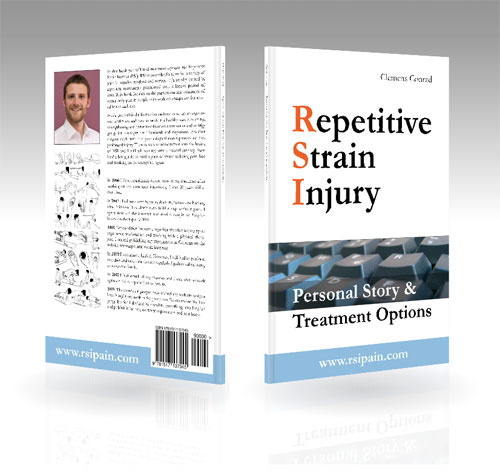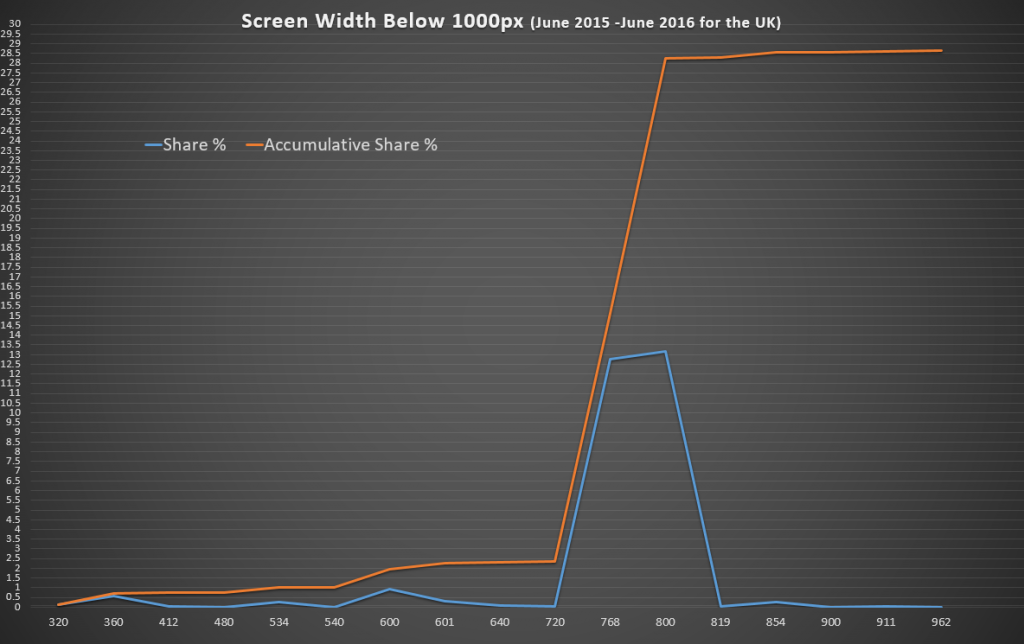I am by no means an authority on Humanism, I’ve met a few inspirational people who have been working on it for a lot longer than myself. However I’ve found it hard to find drop in alternatives to some of my families usual traditions. Rather than reinvent the wheel every year, I’m going to start writing them down – and doing so publicly so that others can comment and improve on them and perhaps find easy god-free ways to mark the passing seasons with their friends and families too.
What is Chanukah all about?
The first thing we need to do is figure out what Chanukah is about, why do we get together every year to light candles eat particular food? Some of these traditions will be specific to my personal preferences, my family, my community, my country and my ancestors traditions. Yours will probably differ – but that’s the joy of variety.
On Chanukah we:
Light the Chanukiah:
- To count the days/mark the passing of time.
- For an excuse to get together every day for a week (especially now that most of my siblings are living in difference places)
- Because lights are pretty
- To cheer us up at what can be a down-trodden time of year (it’s getting colder, it’s getting wet – but we’re not quite remembering our coat every time we leave the house).
Decorate the house – especially with lights
By the time Chanukah comes around, it’s usually dark when we leave work. It’s also dark when we get out of bed. Humans like daytime, we’re not nocturnal creatures. Brightening up our house – especially on the outside – is almost like saying “It’s dark, we might have street lights to see the path – but lets add colour to make us happy too”. We’re turning the darkness into happiness.
Give Presents
Because the giving and receiving of gifts is nice. Gift giving on Chanukah has actually become less central to my family as we’ve got older.
Gambling
The playing of Deeidel traditionally stems from when the Jews were prohibited from teaching Torah under the Greeks they would hide out in the forest to study Torah – if the Greek patrols came around they’d hide the learning materials and pull out spinning tops – pretending they were just playing with them.
Later on the Dreidel was incorporated into the Chanukah traditions and the letter was added to relate it to the Miracle of the Oil. This is inherently problematic for a humanist Chanukah which is trying to avoid the supernatural.
The tradition of gambling on Chanukah seems to stem from the Dreidel – rather than anything else. Gambling always starts with hope – even though you know that hope is usually not going to come about. This could tie in nicely with an idea that the story of Chanukah is about fighting for what you believe in – and of being hopeful but realistic.
Humanist Chanukah Ceremony
With all that in mind, perhaps we’re ready to put some words down.
Welcome to Chanukah
Chanukah is the Jewish festival of light. As the nights get longer and the days get colder it can be easy to contrast this season with the warm and bright summer which suddenly seems so long ago.
Spring might be only a few months away, but those months will be filled with not-enough-jumpers, forgotten rain coats and slippery pavements.
Festival of Light
As an antidote to this downtrodden time of year we try to bring more light into the world. We decorate our homes – inside and out. We make an extra effort to see our friends and families – to bring light into our hearts, but also to connect with them in advance of the tough season ahead – a season when many people struggle with ill health, cold houses, tough transport and isolation. It’s a chance to remind us of who we have, and to remind others that they can call on us if they need any assistance.
A Story of Hope
The story of Chanukah tells of a small band of people fighting for what they believe in against a great and mighty foe.
A little over 2000 years ago, the Greek King Antiochus took park in a popular activity for rulers throughout history – he banned the Jews from being Jewish. Taking over their temple and making a right old mess of it.
A brave Jew called Judah Maccabee (and his father, who’s name everyone forgets) fought back with their rag-tag gorilla fighers against the might of the Greek empire!
After a few years of struggle, the Maccabees won! They reclaimed their temple, and their freedom to be Jewish.
They cleaned up the temple, and rededicated it (the Hebrew word Chanukah means Dedication). They re-light the Menorah – the eternal flame which burned constantly in the Temple (and Synagogues to this day have a Ner Tamid – an Eternal Light – which is never switched off).
As much as they rummaged around, they could only find enough oil to last one day! And they needed 8 days to get new oil. Oh dear oh dear!
Ever optimistic, they light the Menorah anyway, and a miracle happened – the oil lasted 8 whole days! And that’s why we celebrate Chanukah for 8 days today.
A Story of Hope
The world today is full of so many rights, but also so many wrongs and we often feel helpless. Sometimes the biggest contributions we can make might still seem tiny in the grand scheme of things.
Even if I wasted nothing; travelled and ate responsibly; and considered the impact of my choices – would the world notice the impact?
No – it probably wouldn’t but if we were one of a thousand other people doing the same then the collective impact will all add up.
The Story of Chanukah is one of hope in the face of big issues, so whether you’re fighting to end animal cruelty, reduce environmental damage, to care for the needy or for a more just world – whatever your good fight is don’t give up on it.
Lighting the Lights
We’re now going to light the Chanukiah. We’ll be lighting all 8 branches because today is the 8th day of Chanukah. Once they’re lit, I’d like to invite you to spend some time enjoying their light and their warmth and to remember this moment when the whole world seems to be dark and cold.
Traditionally we would thank God for commanding us to do this, but God didn’t actually command us to light them. Instead we’ve written 8 kinds of light we are grateful for, and while we bask in the light of the Chanukiah we will read them out.
Now light the candles
8 Things for 8 Nights
As you light the candles, say one of the 8 Things below.
- I am grateful for the gentle light of the Chanukah candles
- Modeh Ani al ha’or ha’adin shel nerot Chanukah
- מודה אני על האור העדין של נרות החנוכה
- I am grateful for the morning light
- Modeh Ani al or ha’boker
- מודה אני על אור הבוקר
- I am grateful for the light of fire, which keeps us warm in the cold
- Modeh Ani al or ha’esh sh’machamem otanu b’choref ha’car
- מודה אני על אור האש שמחמם אותנו בחורף הקר
- I am grateful for the small light of the evening
- Modeh Ani al ha’or ha’katan shel ha’erev
- מודה אני על האור הקטן של הערב
- I am grateful for the light of the sun, from which all life comes
- Modeh Ani al Or Ha’Shemesh, Sheh’Mimenu Ma’gi’im Col Ha’Chaiot
- מודה אני על אור השמש, שממנו מגיעים כל החיים
- I am grateful for the light in our homes
- Modeh Ani al Ha’Or B’Bayitim Shelanu
- מודה אני על האור בבתים שלנו
- I am grateful for the light from the stars
- Modeh Ani Al Ha’Or Me’Ha’Cochav’im
- מודה אני על האור מהכוכבים
- I am grateful for the light within ourselves
- Modeh Ani al Ha’Or She’be’tochanu
- מודה אני על האור שבתוכנו

